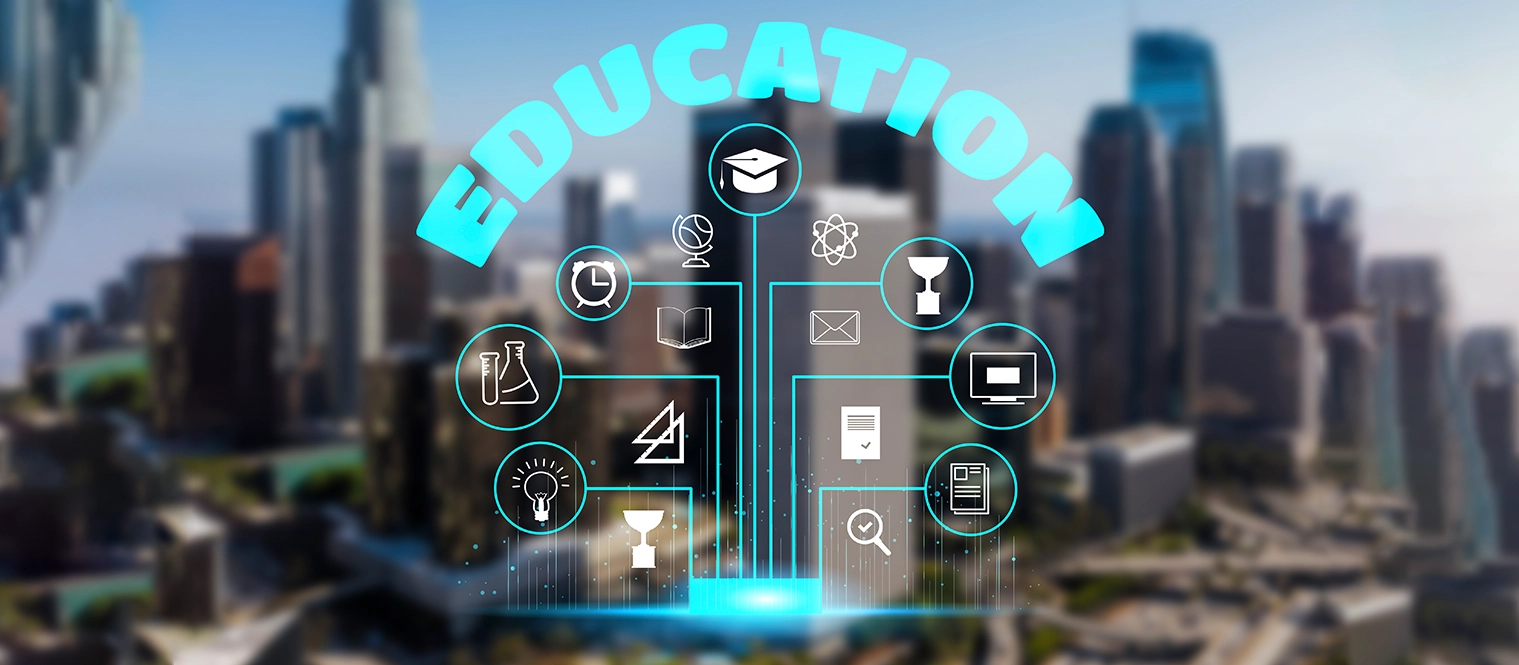

Shakeb Akhtar1, Assistant Professor and Program Director (MBA-FS), School of Business, Woxsen University, Hyderabad, India Mahfooz Alam2, Faculty Instructor University of the People, Pasadena, CA, USA Abdullah Sheikh3, Procurement Officer –compliance, Emirates Flight catering, Aviation
C0014
Feb2024
In recent years, there has been a dramatic change in our living and working style, all hail to the growing importance of technology in every aspect of life. When we talk about the impact of technology, the discussion will be faded into oblivion, if we neglect the education sector. Although, technology has evolved tremendously in the education system, however, COVID-19 have ignited its importance more than ever. As the World Health Organization (WHO, 2020) declared it a pandemic on March 11 with the implementation of lockdowns, international closure of borders, and social-distancing measures to curb the spread of the deadly disease, modern technology emerged as a saviour.
https://www.who.int/europe/emergencies/situations/covid-19
In the modern education system, technology has emerged as a game-changer and has transformed the traditional techniques of learning. In fact, technology has become an integral part of higher education, and its infusion into education is inevitable. There is an unprecedented increase in online courses as well and they surge with the sudden and abrupt call for lockdowns. A majority of the reputed universities and educational institutes have shifted their focus to utilising technology within their teaching methods. The present generation is digital natives, having grown up with technology all around them and expecting a more dynamic, interactive educational environment.
The recent technological advancements foster individualized experiences that accommodate different requirements and learning preferences, it improve accessibility and diversity through virtual classrooms and online learning environments. Nevertheless, the COVID-19 pandemic has accelerated the adoption of digital tools in education, revealing both challenges and opportunities. By examining the current landscape and identifying potential avenues for improvement, we have tried to delve deeper into leveraging technology to enhance educational outcomes.
In today's rapidly evolving world, the role of technology in education has become increasingly vital. The post-pandemic era, in particular, offers a unique opportunity to redefine the role of technology in education. By addressing the digital divide, fostering pedagogical innovation, and prioritizing social and emotional learning, we can create an inclusive and technologically advanced education system that prepares students for the challenges of the 21st century. Through strategic collaboration and thoughtful implementation of policies, we can unlock the full potential of technology to transform education.